This month’s PB review is by Ryan G. Van Cleave (Frequent Fairytail Fan at Only Picture Books) and Ringling College of Art and Design Illustration Professor John Herzog.
–Ryan’s Review of the Writing–
I’m always a bit leery of picture books that run past the traditional 32 pages. And with this one at 56 pages? This might be the most telling comment of the entire review–it doesn’t feel long. Had I not known in advance that it was 2x as long as most, I wouldn’t have even thought about that fact.
Partially, it’s due to the captivating artwork. Witness how mesmerizingly bright things get when the story leaps into flights of the imagination. But I’ll let John handle that aspect of things, though I’ll simply add that this reader really appreciates the sense of wonder, innocence, and magic the illustrations create at times. Well done, Maja Kastelic!
Austrian author Heinz Janisch’s fresh take on the life of Hans Christian Andersen (translated by David Henry Wilson) is clever in that it allows Hans himself to tell his own story fairy-tale-style to a young girl named Elsa as they share a coach ride. That’s so appropriate in that it connects to the oral component of his tales–we likely first heard them read aloud to us, and here’s Hans doing that same thing for yet another young story lover. Like I said–so clever and apt.
Elsa also serves as a stand-in for the reader, asking the questions we want asked, primarily “What happens next?” But she also asks if he’s the Hans in his many stories, to which he replies: “I don’t think my stories are all about me. With fairy tales you can sometimes hold a mirror out in front of other people without them realizing it.”
Another way in which this book is clever is how Hans showcases qualities and experiences from his own life through the lens of his stories, such as how his own early years were like “The Ugly Duckling,” which is about a duckling who is teased for being different until one day when it turns into a beautiful swan. “Anyone can turn into something special–that’s what the story tells us. Like a poor cobbler’s son becoming a famous writer,” he says to Elsa and her mom.
Some might argue that the book presents too cheery a take on a life that most realize was fairly grim, lonely, and eccentric (I hesitate to call him weird, but yeah, that’s probably more accurate since he went bonkers over bad reviews, was terrified of being buried alive, and was likely celibate his entire life), but without a doubt, he’s one of the most influential writers of his century and this book captures a bit of that magic in a pleasant mix of biography and a well-fabricated story frame.
This is a must-read for any reader, with appropriate Back Matter that likely will offer one or two tidbits adult readers didn’t know about this beloved literary giant.
4.75 out of 5 pencils
–John’s Review of the Illustrations–
There’s something truly magical happening in Hans Christian Andersen: The Journey of His Life. It’s not just the context, although there’s plenty of magic to be found there. It’s in everything, really: the story, the illustrations, the colors, the compositions. If there’s a perfect picture book, in my opinion, I’d say this gets damn close to being it.
First, I must point out how much I love the length of this book. It’s much, much longer than your typical picture book today, but I appreciate that here. It’s long, but at no point was I bored and, personally, I don’t think kids will be bored reading this either. Heinz Janisch has made this popular, prominent figure of the establishment feel fresh again with an interesting take on their life story. I found it incredibly clever to couch Andersen’s history in a journey where he talks about his life with Elsa, a child–his main audience then and now. I was pleasantly reminded of how Andersen’s stories don’t talk down to children (and neither does this book), which I feel is something of a problem in the children’s publishing world today.
In terms of the illustrations, this is probably one of the most cinematic picture books I’ve ever read. The compositions, character designs, and expert use of color and mood harken to the work of Wes Anderson and Quentin Tarantino. As someone who has dabbled in filmmaking, it’s fantastic to see the crossover here. Color especially is used in incredibly effective ways that help tell the story. We’re taken through the highs and lows of Andersen’s life through color, and the way illustrator Maja Kastelic has approached it is pitch perfect. The contrast is such that, if you were to remove the words, I dare say that the images would still tell the story. They’re that good.
The character designs are also brimming with watercolorey appeal. I instantly like Andersen as he’s depicted here with his top hat and blue bow tie, his cheeks slightly flushed. The other characters involved are also charming and full of life. Even the environments are full of appeal and character thanks to the watercolor approach here.
The way the compositions are laid out almost resemble a comic book, and also reminded me of how Wes Anderson loves playing around with aspect ratio in his films (see The Grand Budapest Hotel and The French Dispatch). There’s one page in particular that I absolutely love: Andersen is discussing the dark times he endured as a child, and the illustrations are very desaturated and dour. And at the very bottom right-side of the page, underneath this mountain of black & white images, we see a small Elsa looking sad at what Andersen had to endure. We know exactly how Elsa is feeling because of the way the page is laid out and the way color (or lack of it) is used. This page, in and of itself, is a masterclass of visual storytelling.
I completely and willingly admit that I’m coming at this book with my own personal biases. However, I’m planning to purchase The Journey of His Life when it’s released in September, so that right there should tell you how much I love it. I think you’ll love it, too.
5 out of 5 crayons
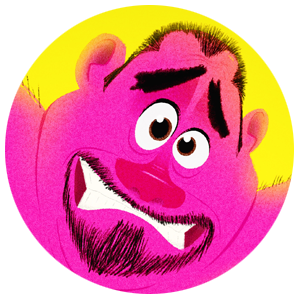
John Herzog is an award-winning illustrator and educator.
His clients include Hasbro, Dreamworks TV, Houghton Mifflin Harcourt, Scholastic, and Highlights for Children. He also teaches illustration classes at Ringling College of Art and Design.
John is a member of the National Cartoonists Society and Society of Children’s Book Writers and Illustrators, where he received the 2018 SCBWI Magazine Merit Award for his Highlights High Five cover illustration. He lives in Florida with his wife, two kids, a pair of geckos, a South American horned frog, a bearded dragon, and a fish.


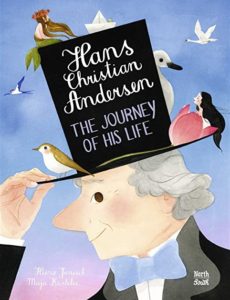
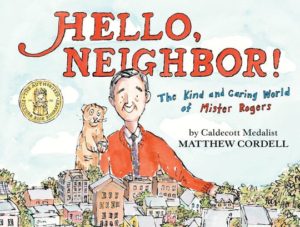

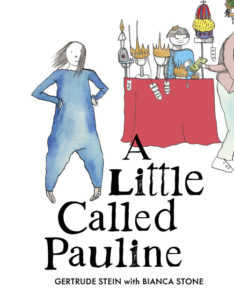

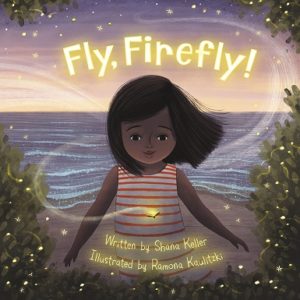

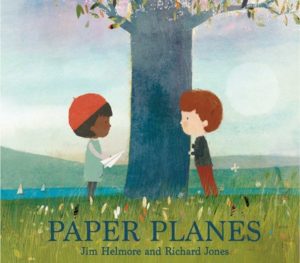
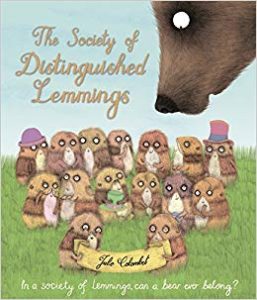
 Rebecca Zomchek is a children’s book illustrator who has worked as a concept artist and cartoonist. She earned her
Rebecca Zomchek is a children’s book illustrator who has worked as a concept artist and cartoonist. She earned her